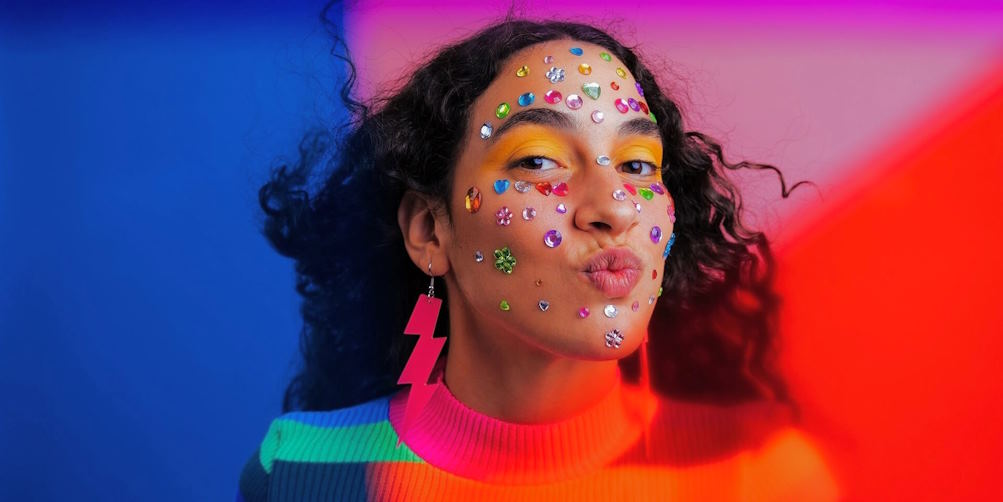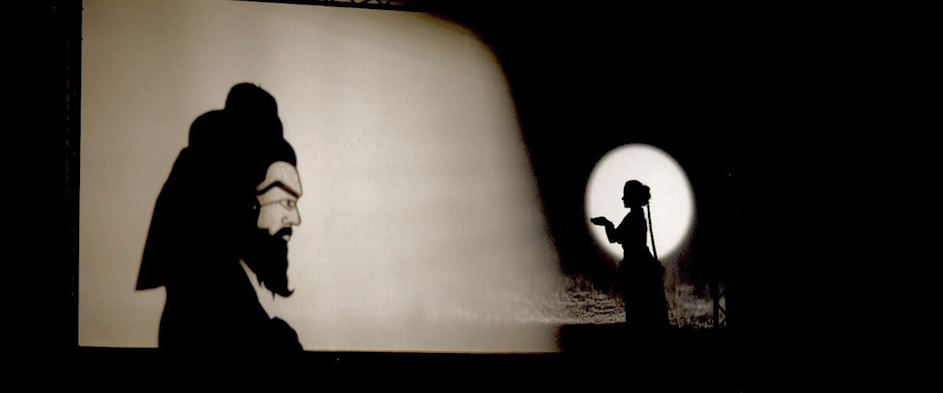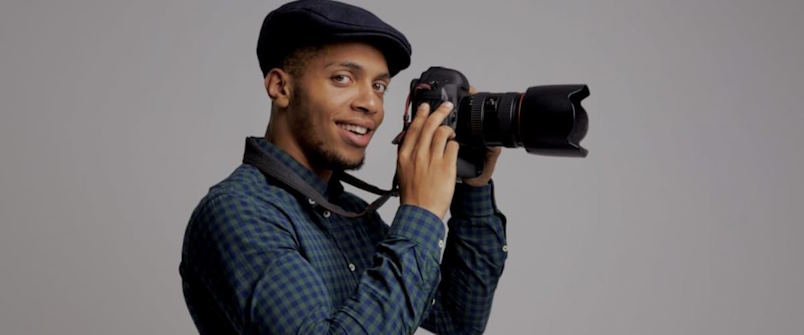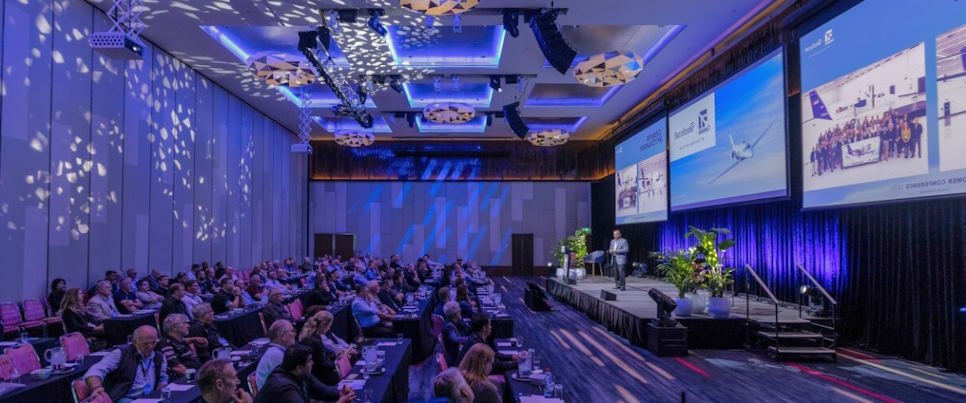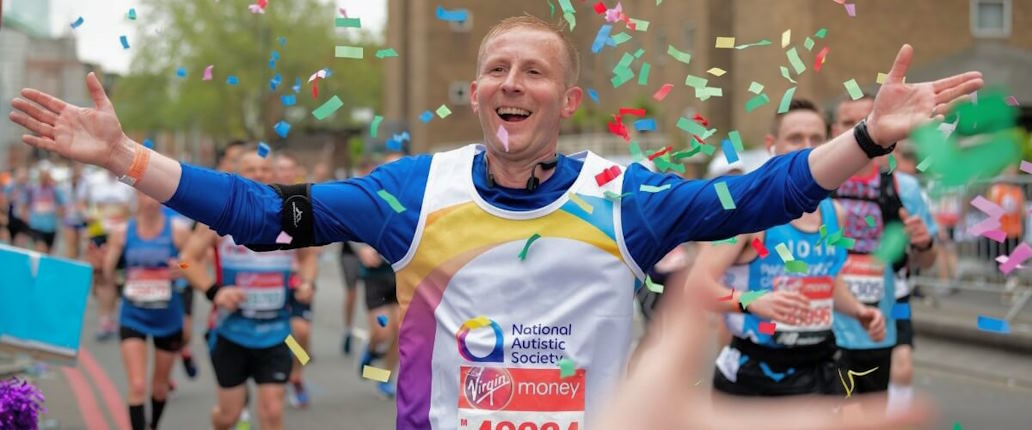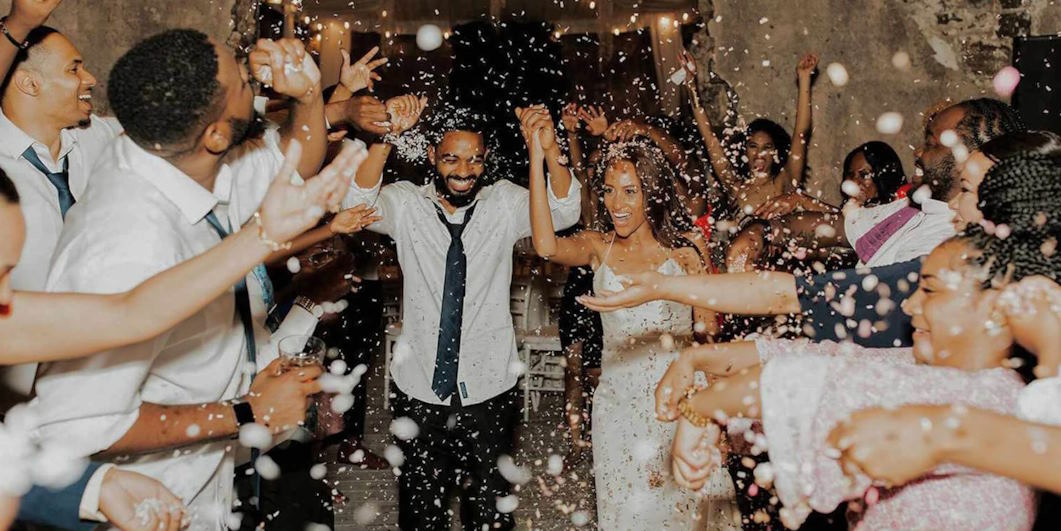Choosing the perfect hairstyle for formal occasions can often be as important as selecting the right attire. One hairstyle that effortlessly combines elegance with versatility is the V-shaped haircut. Defined by its distinctive tapering towards the back, the V-shaped haircut adds a touch of sophistication to any look, making it an ideal choice for events where style and poise are paramount.
Developing a design-driven approach in photography involves honing your artistic vision and consciously applying design principles to create visually compelling and impactful images. Here are some tips to help photographers practice and develop a design-driven approach to their work:
Photography, a medium that has been capturing moments and telling stories for over a century, is often bound by traditional rules and design principles. While these guidelines provide a strong foundation for composition and technique, there is immense value in encouraging photographers to break free from these constraints and embrace their creative freedom. By experimenting with design principles and thinking outside the box, photographers can unlock their true potential, creating captivating images that express their unique perspectives and personal visions.
Importance of Light and Shadow in Photography
Light and shadow are fundamental components of photography, influencing an image’s overall look, mood, and composition. Understanding and utilizing their significance can elevate photographs’ visual impact and storytelling potential. Here are some key reasons why light and shadow are important design elements in photography:
Embarking on a photo school journey is an exciting and transformative experience that can pave the way for a successful photography career. Whether you’re a beginner looking to gain a solid foundation or an experienced photographer seeking to refine your skills, starting your photo school journey requires careful planning and consideration.
One of the most rewarding aspects of a photo school journey is exploring a wide range of photography genres and styles. By venturing beyond our comfort zones and experimenting with diverse subject matters and creative approaches, we open ourselves to new perspectives, expand our skills, and ultimately develop our unique photographic voice. In this article, we will delve into the benefits of exploring different genres and styles during your photo school journey, encourage photographers to embrace experimentation and emphasize the value of finding one’s style.
A strong portfolio and a well-defined personal brand are essential tools for success in photography. During your photo school journey, building a compelling portfolio and establishing your unique personal brand play a pivotal role in showcasing your skills, attracting opportunities, and leaving a lasting impression on clients and audiences. This article will explore the importance of building a strong portfolio, discuss strategies for curating and presenting a cohesive body of work, and emphasize the significance of developing a personal brand and establishing an online presence.
Photographing conferences, seminars, and corporate events require a keen eye for detail and an understanding of these occasions’ unique dynamics and objectives. As a photographer, your role is to document key moments, interactions, and the event’s overall atmosphere. In this article, we will explore the nuances of conference and corporate event photography, emphasize the importance of capturing keynote speakers, panel discussions, and networking moments, and provide tips for documenting the atmosphere, interactions, and details that convey the event’s purpose and atmosphere.
Sporting event photography is a thrilling and dynamic genre that requires skill, anticipation, and the ability to capture the essence of fast-paced competitions. Photographers specializing in sports events face unique challenges, such as freezing action, capturing decisive moments, and showcasing the intensity and excitement of athletic performances. In this article, we will explore the world of sporting event photography, discuss techniques for freezing action and capturing decisive moments, and highlight the significance of anticipating movements and positioning oneself strategically to capture the best shots.
Event photography requires not only technical expertise and creative vision but also a high level of professionalism, etiquette, and relationship-building. As an event photographer, working well with clients, event organizers, and other professionals present at the event is crucial. Maintaining a positive and respectful approach while capturing memorable moments is key to building a strong reputation and fostering long-term relationships.


